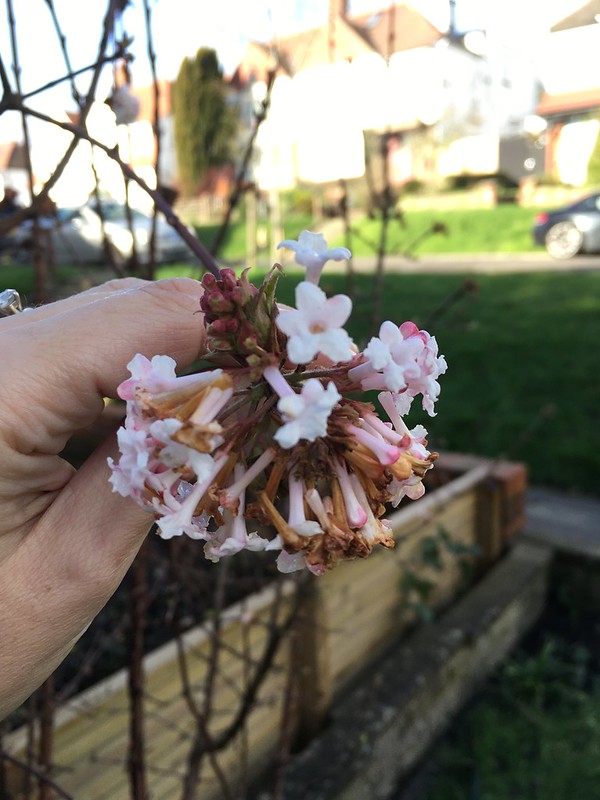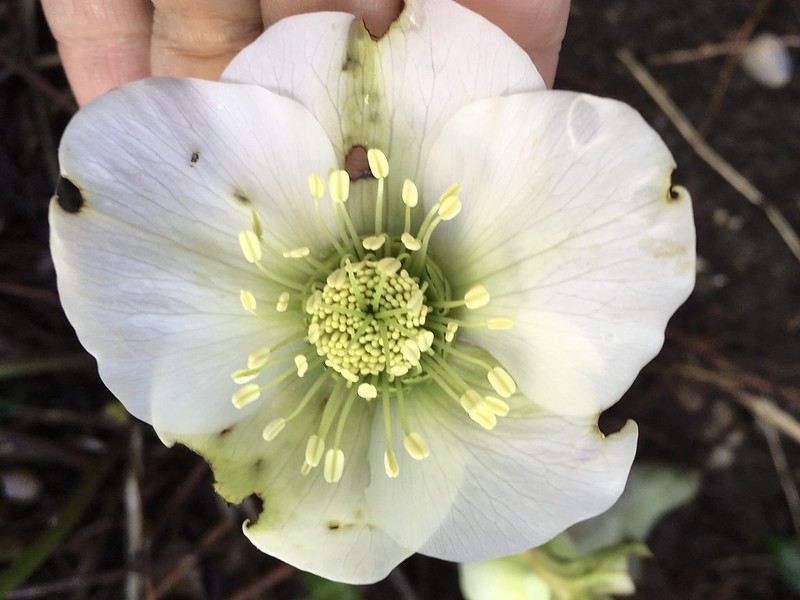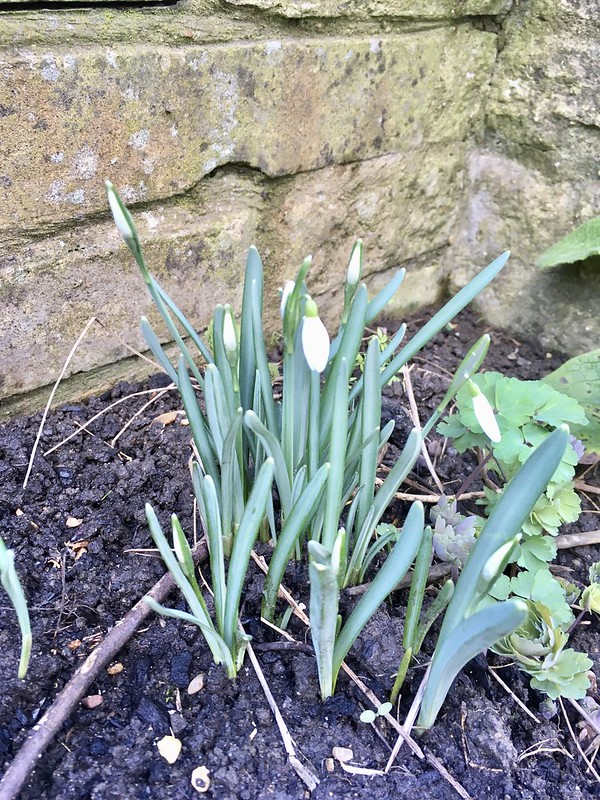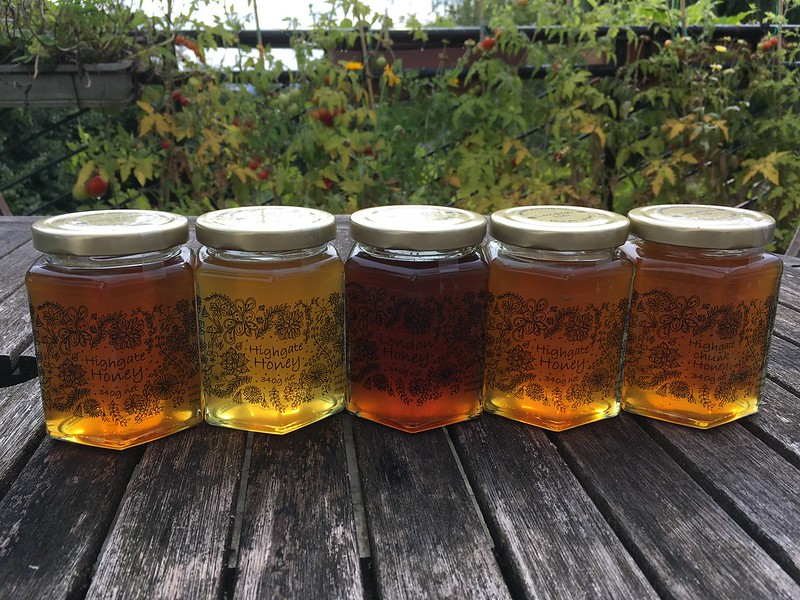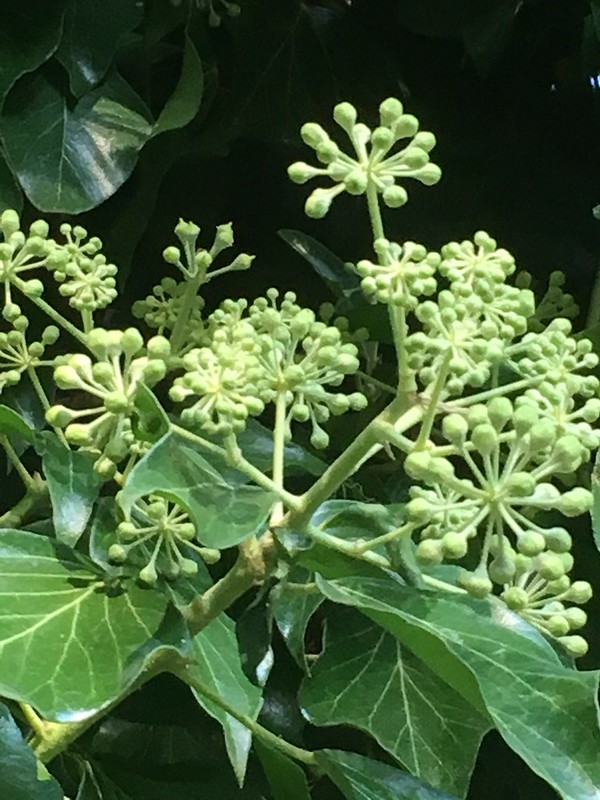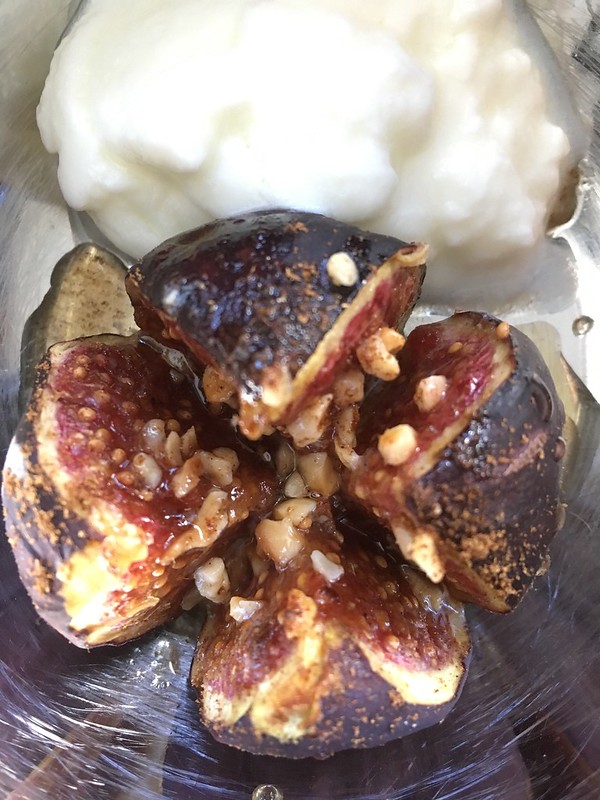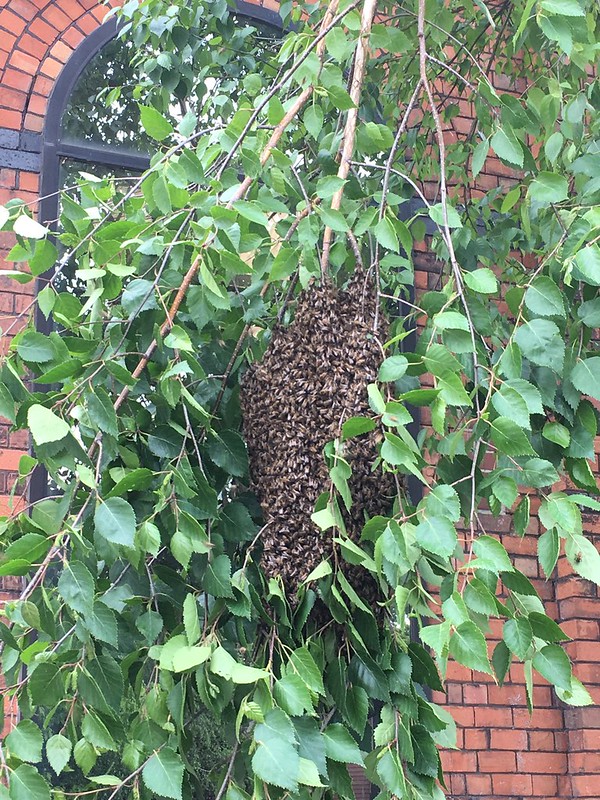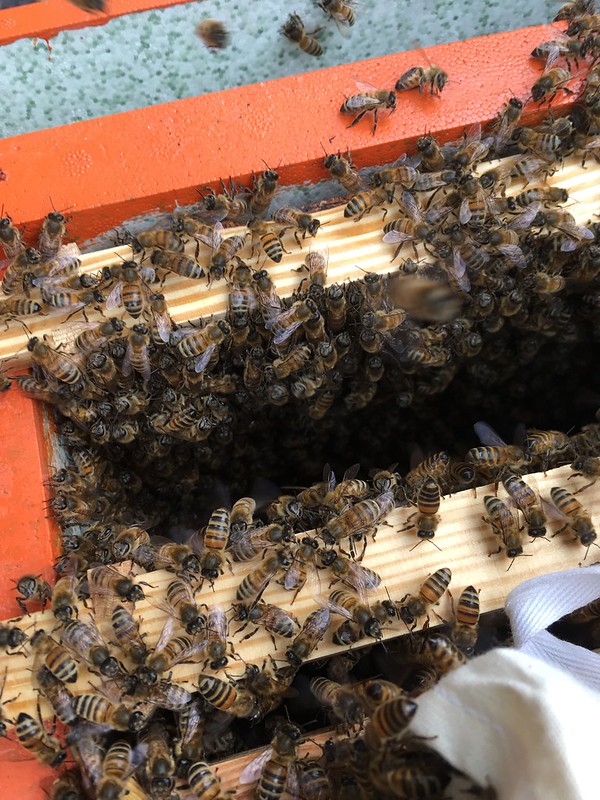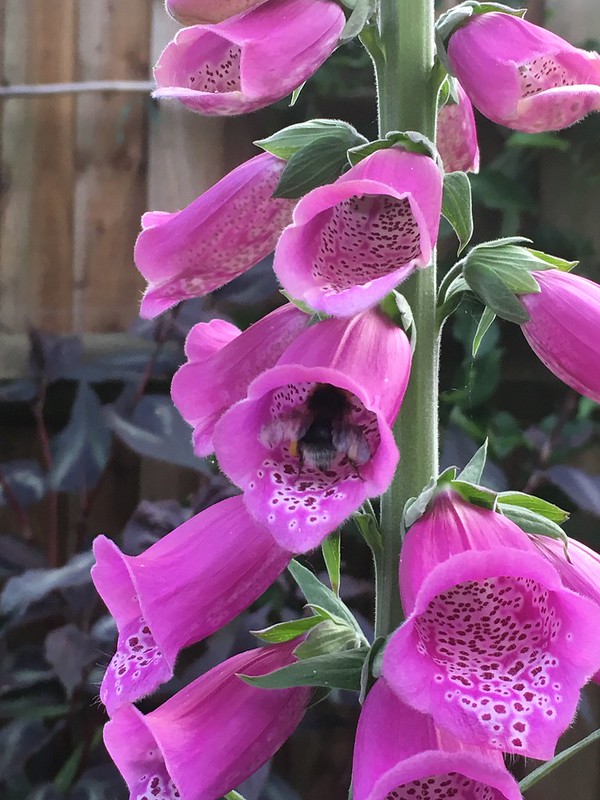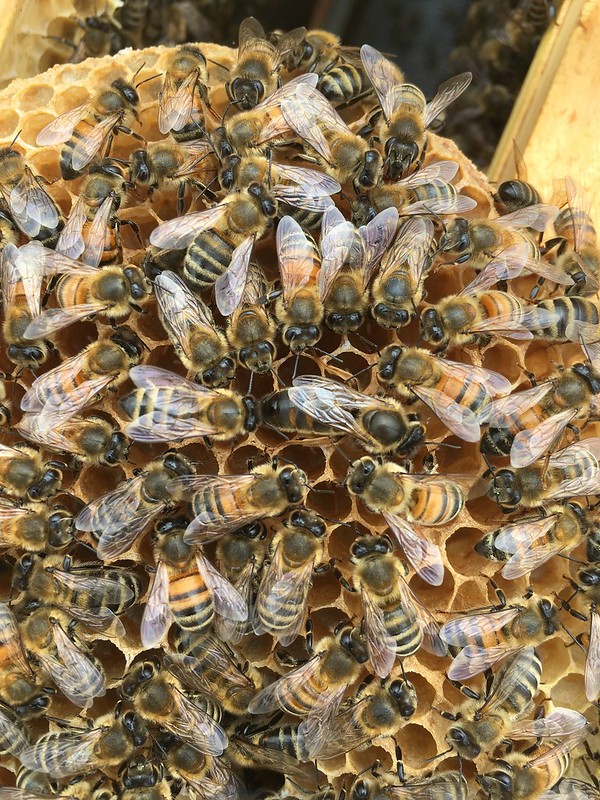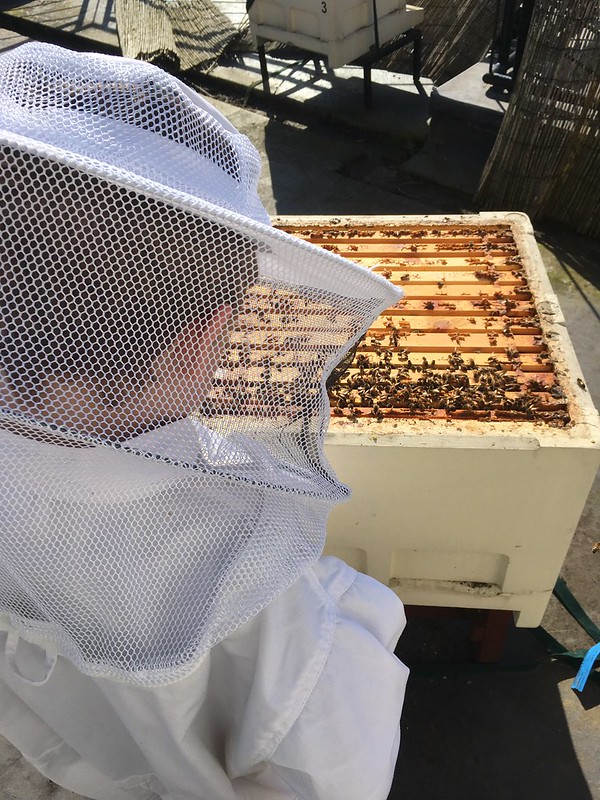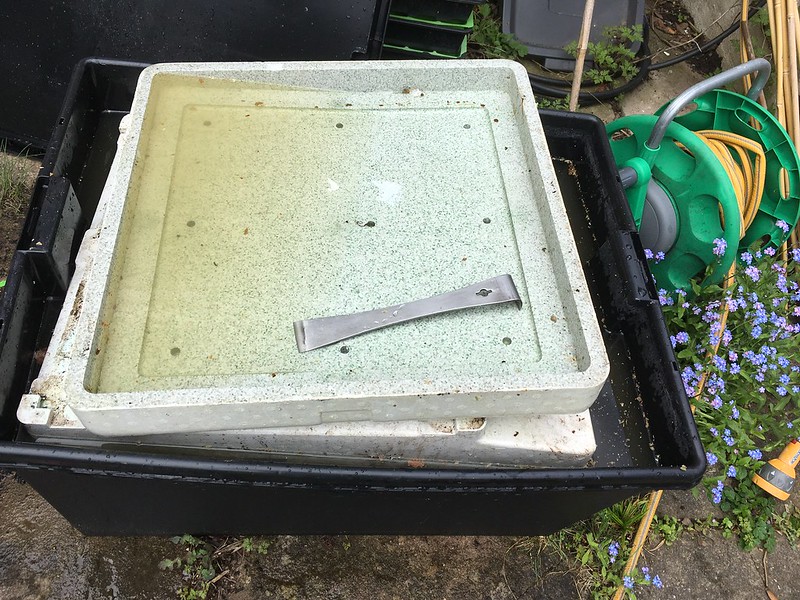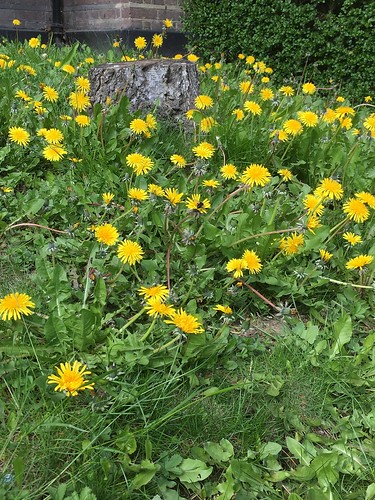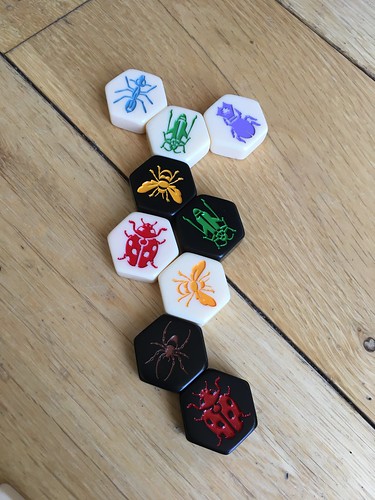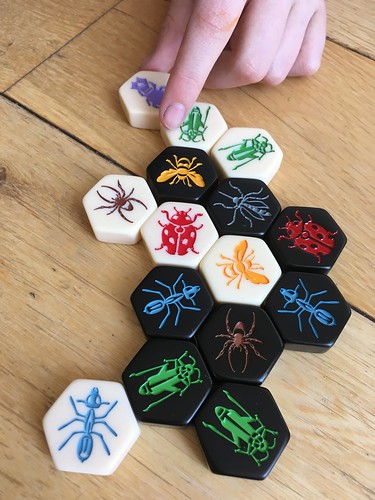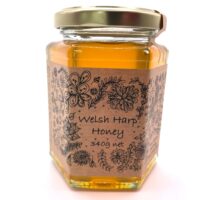We are in the middle of a heat wave in London. I can’t even contemplate putting on a beesuit and inspecting our hives – This sort of weather makes me really respect beekeepers from warmer parts of the world – it is no fun being in your own private sauna while trying to properly check through hives.
We’ve been steadily taking off batches of honey for the last month or so. The yield this year is down on last year, but we are thankful to have some. It has been such a delight comparing the different batches – the colours and flavours are so variable depending on which flowers the bees have been foraging on.

We have also taken our first cut comb honey of the year – to me nothing beats eating honey directly from the comb. It really is the most natural and simple way to enjoy it.
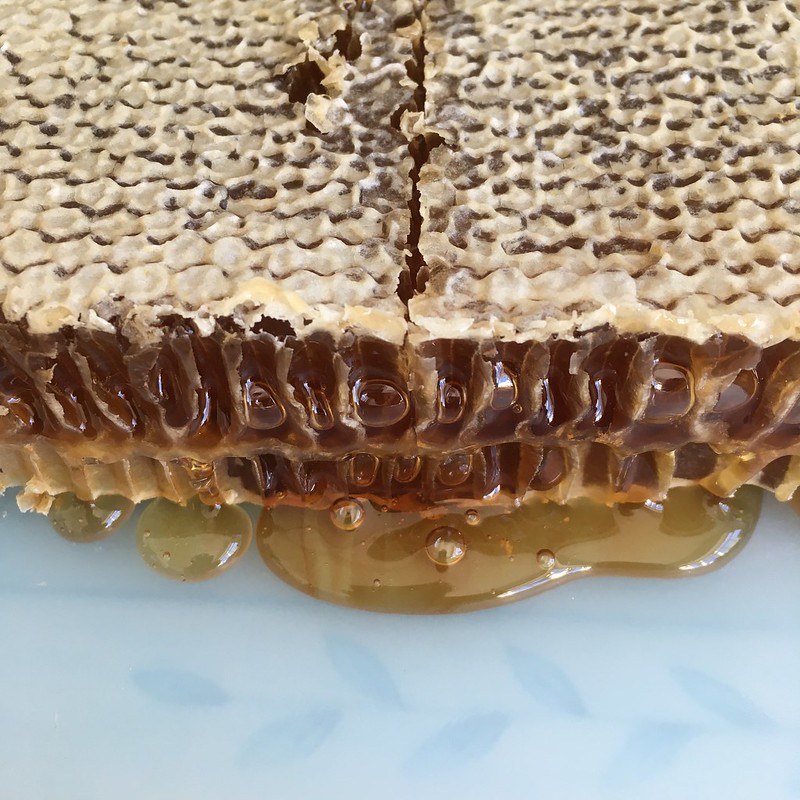
Last month I had great fun giving a talk to the Stroud Green WI. I had originally been scheduled to do it in March, but it was postponed due to the lock down. We eventually got everyone together via Zoom. I talked about beekeeping in London, then we did a honey tasting. I sent them each small samples of various types of honey and we tasted them together. I think that they were amazed by the huge variations between the different types of honey and I was delighted that they appeared to enjoy our honey the most! London honey is particularly flavorsome because of the huge variety of plants that the bees are able to forage on.
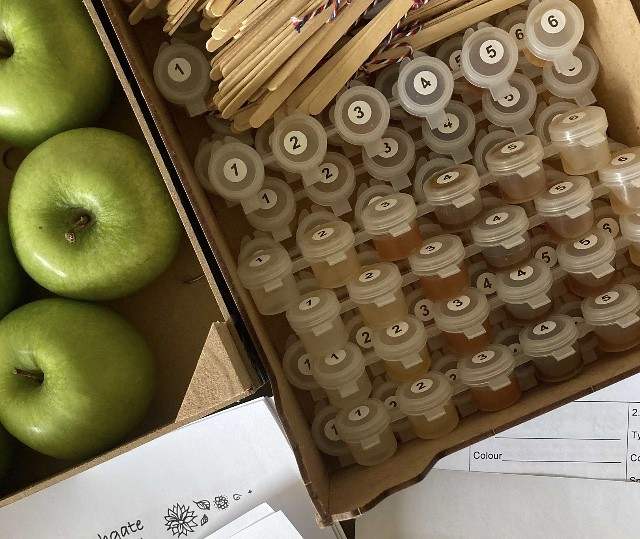
This year we decided to change the material of our label – for sometime we have been trying to decrease our use of single use plastic and we felt that our clear plastic labels could no longer be justified.




![IMG_9001[1]](https://live.staticflickr.com/65535/49887015148_dfc8d9c78c_c.jpg)
![IMG_8997[1]](https://live.staticflickr.com/65535/49887540836_0c1df4c744_c.jpg)
